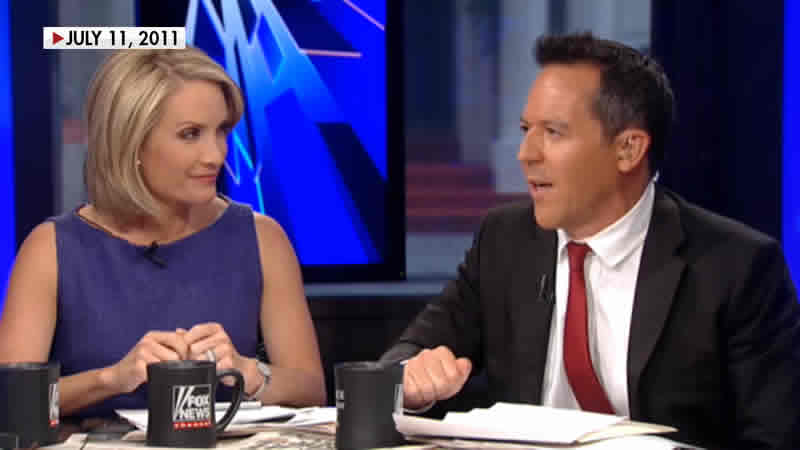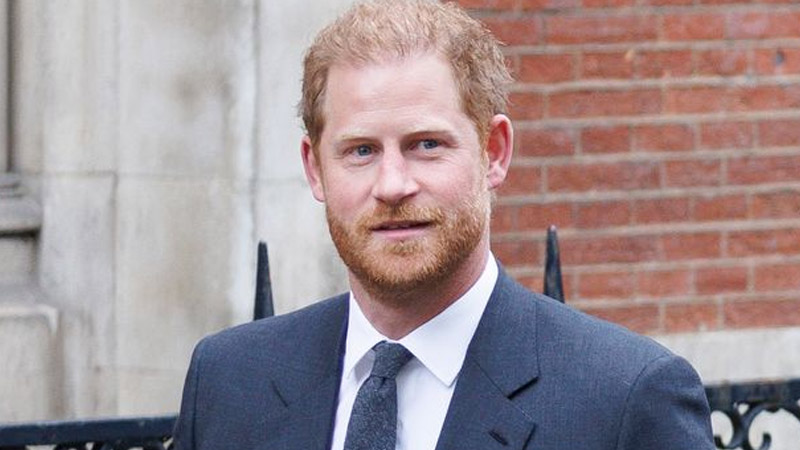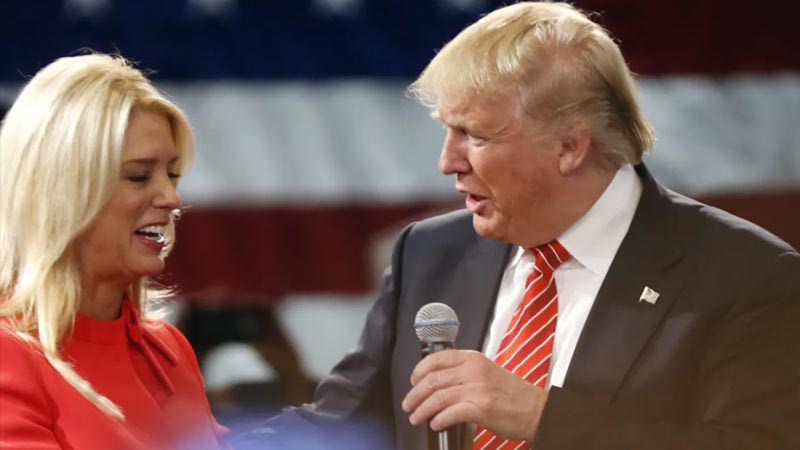Fox News Keeps Up Search for Liberal Co-Host on ‘The Five’

Executives at Fox News Channel believe one of the core elements behind the durability of the network’s late-afternoon panel program, “The Five,” is the connection between founding panelists Dana Perino and Greg Gutfeld. When the pair first met, however, they seemed to find little in common.
Gutfeld, then hosting the wee-hours program “Red Eye,” asked Perino, then a contributor still involved with public relations after her time at the White House, to appear on the show, and approached her outside the Fox Corp. outlet’s Manhattan headquarters. “She pretended there was somebody behind me that she recognized…’Oh, who’s that? Oh, hi, Steve,’” Gutfeld recalls. Perino says she doesn’t fully remember the incident, but “in my defense, I had never been up at 3 a.m. to watch. I didn’t know what I was being asked to do.” Now, she credits Gutfeld with helping her develop a stronger on-air personality.
As “The Five” on July 11 enters its second decade on air, producers hope to maintain that connection while forging new ones. The following notion may shock viewers of Fox News, which makes no secret about its conservative leanings: the network actively continues to seek a co-host to provide the show with a liberal perspective, filling the seat of the recently departed Juan Williams, who in late May announced he would leave “The Five,” and stay in Washington, D.C., rather than return to the program’s New York production studio after the pandemic (interestingly, Meghan McCain, the conservative panelist at ABC’s “The View,” made a similar announcement last week).
Some of the show’s liberal fill-ins have recently included analyst Jessica Tarlov and former U.S Representative Harold Ford Jr. Megan Albano, the Fox News executive who oversees “The Five” as well as the network’s weekend primetime schedule, says she doesn’t plan to name a permanent successor immediately. Eventually, she says, she will. “It’s really important for our viewers and for the conservatives in America that we always have different opinions and that includes someone from the left.”
In recent weeks, that hasn’t been the vibe emanating from the cable-news outlet. Donna Brazile, the former Democratic National Committee chief, revealed in May that she left her contributor role at Fox News for a similar spot at Walt Disney’s ABC News. In the wake of the 2020 presidential election, Fox News has given more prominent placement to right-leaning opinion programming, replacing hours devoted to news at 7 p.m. and at 11 p.m. An original news hour from Shannon Bream replaced a midnight repeat of “Tucker Carlson Tonight.”
Even Jesse Watters, “The Five” panelist who tends to align most closely with the mood of the network, says the show needs a liberal in the mix. “You want someone, maybe with a different perspective, to have ideas that are provocative to you, and you can counter those ideas. You can have a debate and discussion. It makes you a better host,” says Watters, adding: “I would say that I enjoy having a liberal voice on the show and I expect it to continue.”
Cable-news networks have for years tried to create sparks by positioning people with different political perspectives on the same screen. CNN ran “Crossfire” — with one host “on the left” and another “on the right” — for more than twenty years, and Fox News’ Sean Hannity was paired with liberal co-anchor Alan Colmes for more than a decade. In the past, “producers knew it was smart TV to get an opposing point of view, even if their viewership wasn’t going to agree with it,” says Jason Mollica, a professor at American University’s School of Communication.
Such concepts these days are more fragile. The atmosphere in which people watch news programming “is so toxic right now,” Mollica adds. “Trying to find that person who is going to live above the fray” has become a challenge. Indeed, CNN has faced headwinds trying to keep several right-leaning analysts, ranging from Jeffrey Lord to Rick Santorum, whose off-air public remarks have rendered their positions at the network untenable. And some of the most viral moments from “The Five” in recent months feature Gutfeld clashing verbally with Williams, who says that snippets of the show that get placed on social media do so stripped of any context, such as the general tone of the conversation before the talk got heated. “Once you pull it out of that element, it’s absurd,” he says.
Fox News has reason to stick to the current model. “The Five” has accounted for about 5% of all the ad spending on Fox News Channel in 20201, according to data from Standard Media Index. In 2020, “The Five” generated around $48.2 million in advertising, according to Kantar, a tracker of ad spending, compared with nearly $33 million in 2019.
Fox News has been counting on “The Five” template to stock parts of its weekend schedule. Two new weekend primetime programs, “The Big Saturday Show” and “The Big Sunday Show” employ elements of “The Five,” which in its earliest days was viewed as a vehicle for giving more airtime to various Fox News personalities who didn’t have their own programs. All three of the show’s current main hosts have other on-air assignments. And the show has in the past proven it can hold its own elsewhere on the schedule. In 2017, the network moved “The Five” into primetime for a period of several months as it grappled with the ouster of former anchor Bill O’Reilly as well as Megyn Kelly’s move to NBC News.
There are new concerns across the news sector about how charged the daily chatter gets on TV’s panel programs. “The Five” and “The View” aren’t the only panel shows going through personnel changes. Sharon Osbourne left CBS’ “The Talk” earlier this year in the wake of allegations about how she treated her co-hosts and after a particularly contentious broadcast in March.
A return to pre-pandemic production should give the hosts new breathing room, suggests Gutfeld. “The dynamic of the show is passing the basketball around. Being in the remote studios is like a batting cage. Someone feeds you the ball and you try to hit it as hard as you can. That’s not a conversation.”
Hosts have often been able to work out any on-air differences during commercial breaks, says Albano, something that isn’t possible when everyone is separated. “That’s why it’s so important for us to get back to the studio.”


